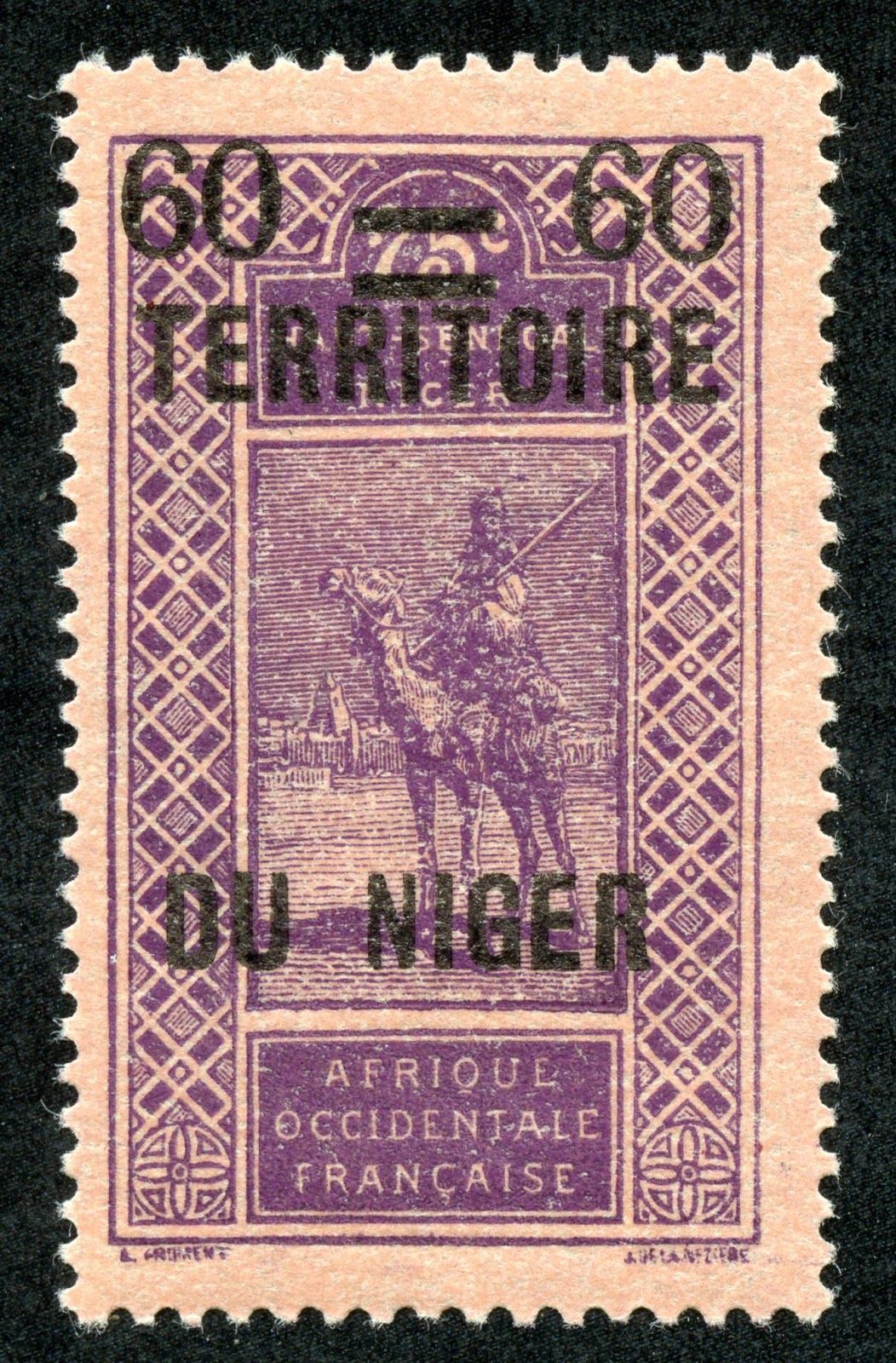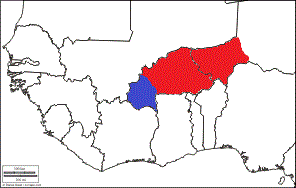
The introduction of various coercive measures and incentives during the colonial era was largely designed to secure labour to meet the growing demands of the mines and plantations. The search for new or fertile land still continues and the number of the landless poor has increased considerably, notably in East Africa. Natural disasters still persist: the drought in the Sahel region of West Africa and parts of East Africa dislodged many thousands of people, including women and small children. The movements were, as a result, unstructured, occurred in groups, and the migrants were demographically undifferentiated (Adepoju, 1979).Ĭolonial rule paved the way for peace and political stability movements hitherto associated with internecine warfare ceased or were reduced but have since again surfaced, according to a different pattern, in the form of refugees as independent nations engage in war, as in the case of the Ethiopia/Somalia conflict, the internal strife in Chad, Angola, Uganda and Nigeria and the liberation war in West, Central and South Africa. In the pro-colonial era, population movements in Africa were associated largely with the prevailing sociopolitical and ecological conditions, especially internecine warfare, natural disasters and the search for farm land or colonization. The effects of colonization and decolonization on the economy and indirectly on migration are most visible when examined in the context of the pre-colonial, the colonial and post-colonial era. The migration phenomenon in Africa can be better understood within the context of political and historical evolution of African societies.

Migration in Africa: a brief historical overview These linkages are analysed below against the background of the causes of population movements and the policy responses to them.
#Upper volta colonial history free
These have introduced a subtle distinction between internal and international migration both of which once involved free movement across wide areas of Africa and, in the case of international migration, between legal and illegal immigrants. Of particular relevance in the African context are the effects of the demarcation of national boundaries, the emergence, since the early 1960s, of independent nation-states and especially the setting up of regulations governing immigration. In Africa, as elsewhere in the developing regions, the historical evolution and stages of political development are crucial to an understanding of migration in general, the distinction and linkages between internal and international migration, their causes and policy issues.
#Upper volta colonial history series
While internal migration, in principle, implies movement of people within a geographically defined territory unrestricted by legal constraints, an international migrant is invariably confronted with a series of-sometimes complex - regulations relating, at first, to exit from the country of origin, and later, entry into, residence within, and exit from the receiving country. Migration, by its very nature, involves at least three major actors: the migrant, the area or country of origin and the area or country of destination.

The causes and consequences of such movement have economic, political, social and demographic dimensions (Heisel, 1982). The major cause of voluntary movement of populations between and within national borders in recent years is rooted in the initial and growing disparity in development between and among states. A working typology of migration in Africa Policy: internal migration as alternative to international migration


 0 kommentar(er)
0 kommentar(er)
